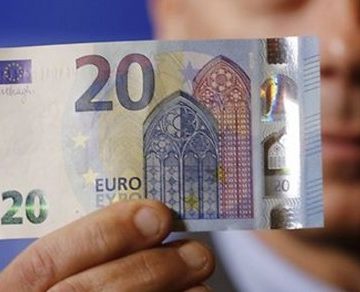Holography and Hologram

Holography is similar to photography in terms of recording information about a scene and landscape on film, but the methods and tools used to create the image, like the images themselves, are completely different. In normal photography, the image obtained from a scene, whether it is a photo or a slide or anything else, and it does not matter whether it is digital or normal, is ultimately an image with two dimensions (2D) and no depth.
In holography, anyway, the image we create, which is called a hologram, includes the information of all three dimensions and records all three dimensions, and the observer feels dimension and prominence from watching the hologram, even more than what which is common in stereoscopy. In stereoscopic dimension, it is called false dimension, while in holography, the reconstructed scene can be seen from multiple angles and the observer will feel the effect of parallax by moving his head.

History of holography and holograms
In 1647, Denis Gabor, an English scientist, predicted holography, but he could not implement it until the early 1960s, when a special type of light source – laser was invented. Father of holography: Dennis Gabor was born in 1900 in Budapest, Hungary. After serving in the Hungarian army in World War I, he was employed by the Siemens factory in Germany and perfected the quartz-mercury lamp that is used in street lighting today. In the 1930s, he left Germany and went to England due to Nazi policies, and at that time the theory of holography and holograms appeared in his mind.
Of course, at that time he was working to improve the work of electron microscopes and improve their resolution. He himself says that this idea of holography emerged unconsciously from his mind. Because of his extensive research in the field of holography, Gabor received the Rumford Medal of the Royal Society in 1969 and the Nobel Prize in Physics in 1971. He passed away in 1971.



Leave a Reply